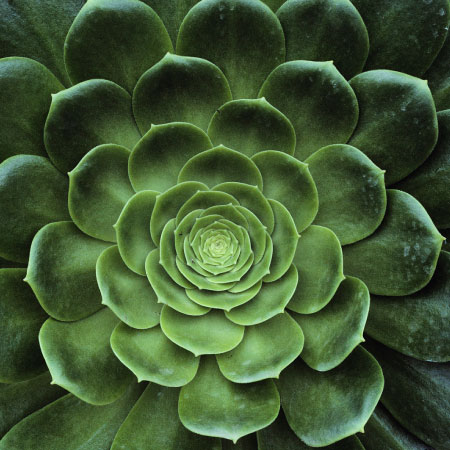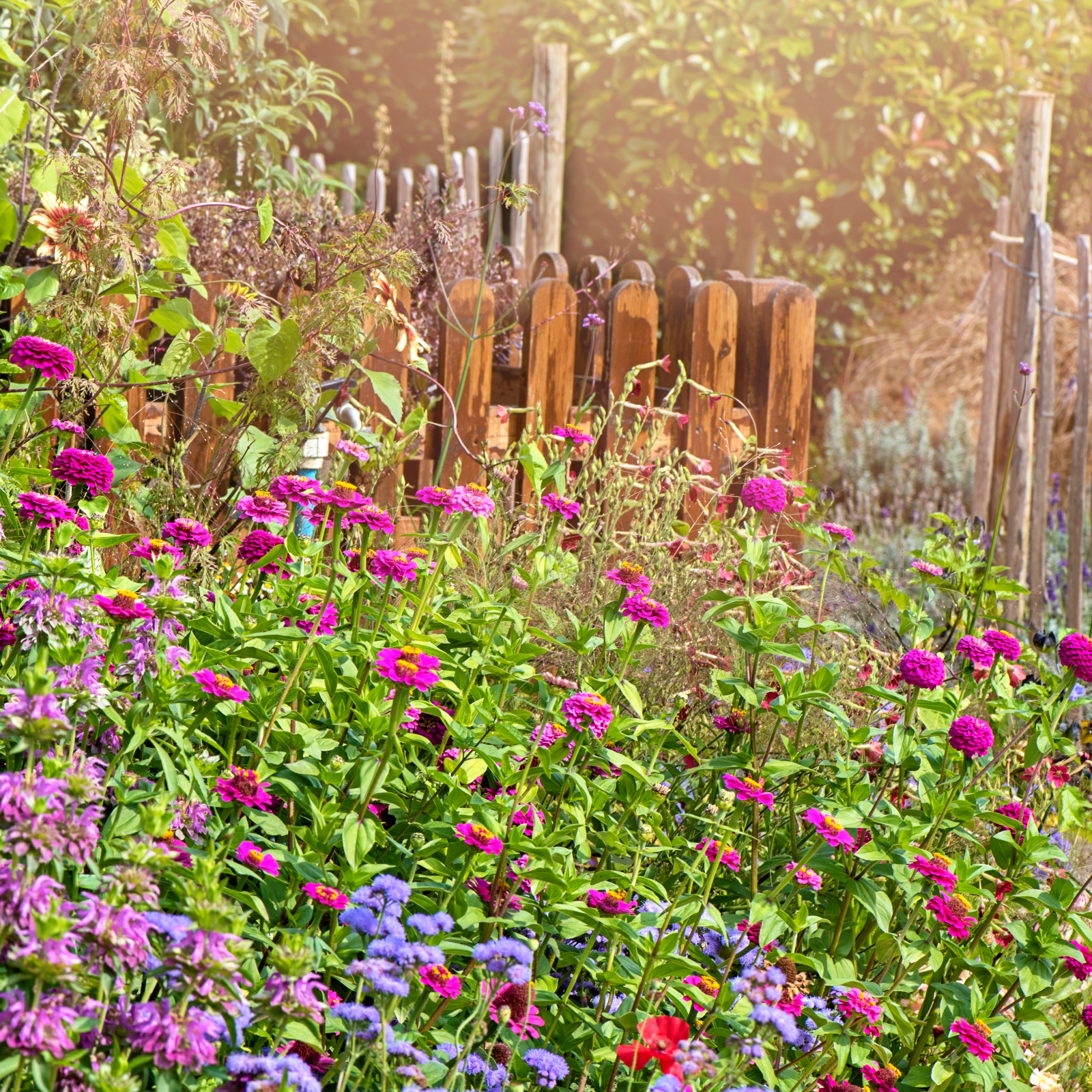Cherry Armillaria Control: Treating Armillaria Rot Of Cherries

Armillaria rot of cherries is caused by Armillaria mellea, a fungus often known as mushroom rot, oak root fungus, or honey fungus. However, there’s nothing sweet about this devastating soil-borne disease, which affects cherry trees and other stone fruit orchards across North America. Read on to learn more about mushroom rot in cherry trees.
Cherry with Armillaria Root Rot
Armillaria rot of cherries can live in the ground for many years, often on decayed roots. Thriving colonies of the fungus can exist underground before any symptoms are visible above ground. Mushroom rot of cherry is often transmitted to new trees when gardeners unknowingly plant trees in infected soil. Once a tree is infected, it spreads, via the roots, to neighboring trees, even if the tree is dead.
Symptoms of Armillaria Root Rot on Cherry
Recognizing cherry with armillaria root rot can be difficult early on but most often armillaria rot of cherries initially shows itself in small, yellowing leaves and stunted growth, often followed by sudden death of the tree in midsummer. Infected roots often display thick layers of white or yellowish fungus. Dark brown or black cord-like growths, known as rhizomorphs, may be seen on the on the roots and between the wood and bark. Additionally, you may notice clusters of dark brown or honey-colored mushrooms at the base of the trunk.
Cherry Armillaria Control
Although scientists are working to develop disease-resistant trees, there is currently no way to cure mushroom rot in cherry. Soil fumigation may slow the spread, but complete eradication of mushroom rot in cherry trees is highly unlikely, especially in damp or clay-based soil. The only way to prevent the disease from infecting cherry trees is to avoid planting trees in infected soil. Once the disease is established, the only effective way to prevent spread is to remove entire root systems of diseased trees. Infected trees, stumps, and roots should be burned or disposed of in a manner that rain won’t carry the disease to uninfected soil.
Gardening tips, videos, info and more delivered right to your inbox!
Sign up for the Gardening Know How newsletter today and receive a free copy of our e-book "How to Grow Delicious Tomatoes".

A Credentialed Garden Writer, Mary H. Dyer was with Gardening Know How in the very beginning, publishing articles as early as 2007.
-
 5 Tough Urban Trees That Thrive In Cities – Top Picks For Urban & Suburban Landscapes
5 Tough Urban Trees That Thrive In Cities – Top Picks For Urban & Suburban LandscapesExplore the best urban trees that will add value to even the most challenging of landscapes. Get growing with these ideas and enjoy all the benefits of trees.
By Teo Spengler
-
 7 New & Improved Cultivars Of Old-Fashioned Plants – These Aren’t Your Grandma’s Plants!
7 New & Improved Cultivars Of Old-Fashioned Plants – These Aren’t Your Grandma’s Plants!Old is new again! These old-fashioned plants have new cultivars that are sure to thrive in your garden and bring the charm factor. Neighbors will be envious!
By Mary Ellen Ellis